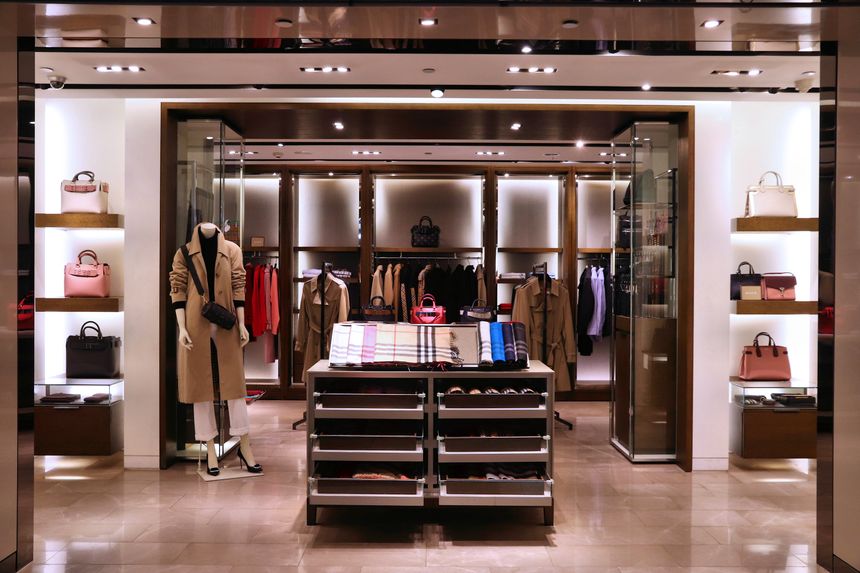The luxury market is in a fascinating state of transformation. From regulatory challenges and litigation trends to renewed investment in physical retail, luxury brands are navigating a period of change that calls for both adaptability and a renewed perspective on what defines “premium.”
I recently sat down with the Loeb & Loeb team for a Q&A, where I discussed how luxury today isn’t a single industry but an intricate ecosystem spanning fashion, jewelry, hospitality, home design and more. Each sector is evolving differently. While the industry has softened in some areas, certain areas of fashion, jewelry, watches and hospitality remain very strong.
Retail, meanwhile, is making a comeback. After years of prioritizing digital strategies, luxury houses are once again betting big on flagship stores—sometimes even buying the properties themselves. Madison Avenue’s post-pandemic revival tells the story best: vacancy rates have dropped from nearly 30% to about 6%, signaling that confidence in physical retail is back.
That optimism comes with a dose of caution. Many brands are facing a rise in lawsuits tied to advertising, environmental and e-commerce-related claims, including website accessibility under the Americans with Disabilities Act (ADA). While full compliance is difficult to achieve, taking proactive steps can help reduce repetitive claims that drain time and resources.
On the global front, the legal landscape is becoming more complex. The EU’s new anti-money laundering and sustainability reporting mandates are reshaping how companies handle cross-border operations. Even brands based in the U.S. are being pulled into this regulatory web, requiring tighter coordination among compliance, legal and supply chain teams.
Challenges aside, there’s strong momentum—and opportunity—ahead for luxury brands. The most forward-looking brands are successfully blending technology, sustainability and storytelling—remaining innovative without losing sight of heritage and craftsmanship. As new generations of consumers seek meaning and connection, the brands that can balance exclusivity with accessibility will be the ones leading the next chapter of luxury.
Read my full Q&A with Loeb & Loeb here.


/Passle/63ef8bdcf636e911c850090e/SearchServiceImages/2025-12-15-14-55-06-880-6940214a986c138eb56aa43e.jpg)
/Passle/63ef8bdcf636e911c850090e/SearchServiceImages/2025-12-12-23-14-09-903-693ca1c1f367c9b87b3d9d1c.jpg)
/Passle/63ef8bdcf636e911c850090e/SearchServiceImages/2025-12-10-14-50-31-759-693988b7871e4efadba0e5de.jpg)